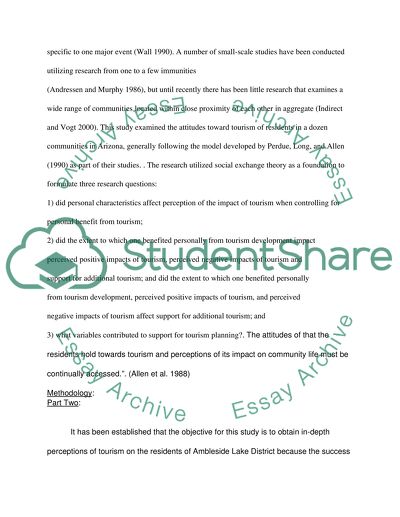Cite this document
(The Tourism Product in Ambleside, Lake District Research Proposal, n.d.)
The Tourism Product in Ambleside, Lake District Research Proposal. Retrieved from https://studentshare.org/tourism/1516451-tourism-product-in-ambleside
The Tourism Product in Ambleside, Lake District Research Proposal. Retrieved from https://studentshare.org/tourism/1516451-tourism-product-in-ambleside
(The Tourism Product in Ambleside, Lake District Research Proposal)
The Tourism Product in Ambleside, Lake District Research Proposal. https://studentshare.org/tourism/1516451-tourism-product-in-ambleside.
The Tourism Product in Ambleside, Lake District Research Proposal. https://studentshare.org/tourism/1516451-tourism-product-in-ambleside.
“The Tourism Product in Ambleside, Lake District Research Proposal”, n.d. https://studentshare.org/tourism/1516451-tourism-product-in-ambleside.


